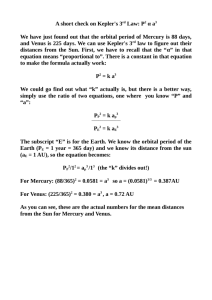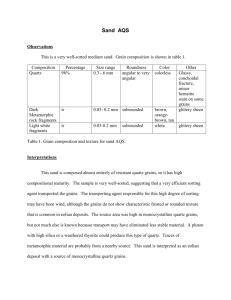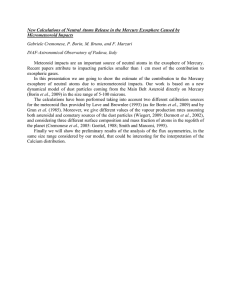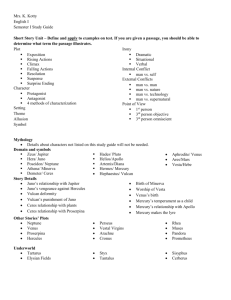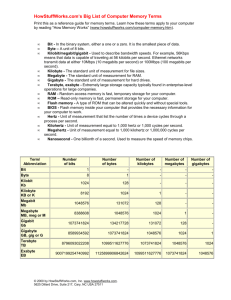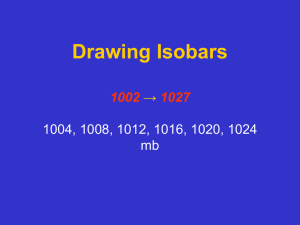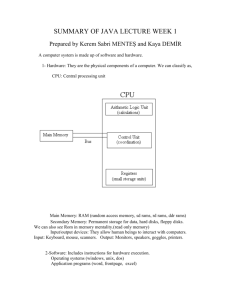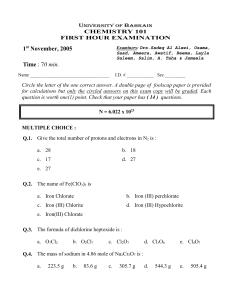Problem Set 4 Operations with Scientific Notation
advertisement
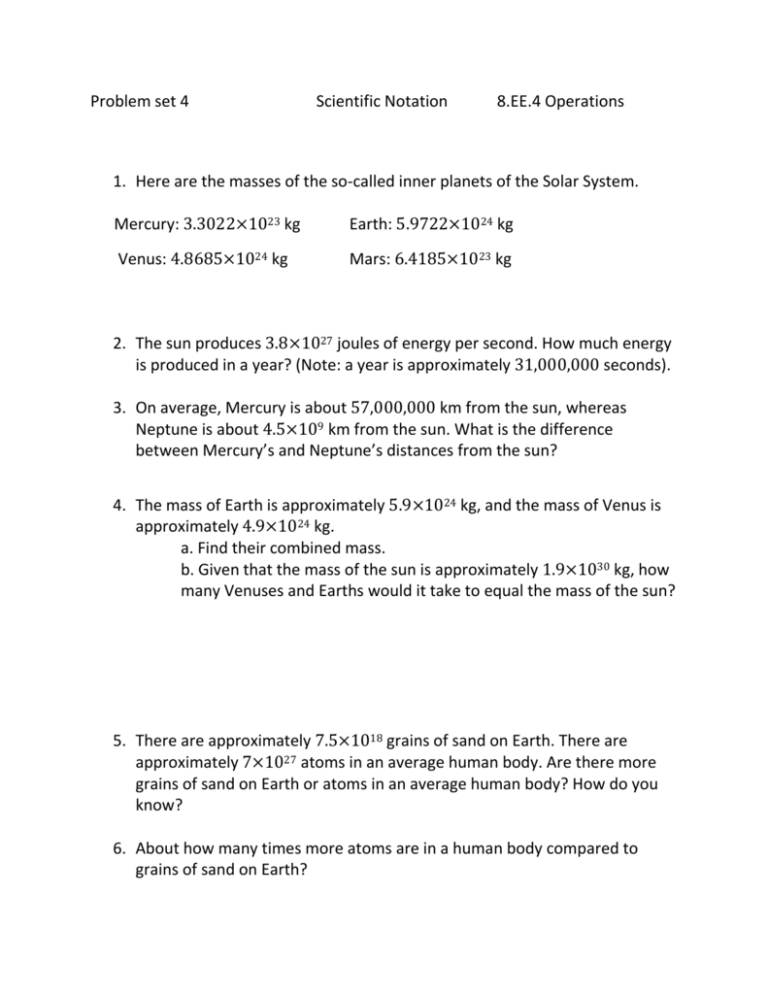
Problem set 4 Scientific Notation 8.EE.4 Operations 1. Here are the masses of the so-called inner planets of the Solar System. Mercury: 3.3022×1023 kg Earth: 5.9722×1024 kg Venus: 4.8685×1024 kg Mars: 6.4185×1023 kg 2. The sun produces 3.8×1027 joules of energy per second. How much energy is produced in a year? (Note: a year is approximately 31,000,000 seconds). 3. On average, Mercury is about 57,000,000 km from the sun, whereas Neptune is about 4.5×109 km from the sun. What is the difference between Mercury’s and Neptune’s distances from the sun? 4. The mass of Earth is approximately 5.9×1024 kg, and the mass of Venus is approximately 4.9×1024 kg. a. Find their combined mass. b. Given that the mass of the sun is approximately 1.9×1030 kg, how many Venuses and Earths would it take to equal the mass of the sun? 5. There are approximately 7.5×1018 grains of sand on Earth. There are approximately 7×1027 atoms in an average human body. Are there more grains of sand on Earth or atoms in an average human body? How do you know? 6. About how many times more atoms are in a human body compared to grains of sand on Earth? 7. Suppose the geographic areas of California and the US are 1.637×105 and 3.794×106 sq. mi., respectively. California’s population (as of 2012) is approximately 3.804×107 people. If population were proportional to area, what would be the U.S. population? 8. The actual population of the U.S. (as of 2012) is approximately 3.14×108. How does the population density of California (i.e., the number of people per sq. mi.) compare with the population density of the U.S.?

